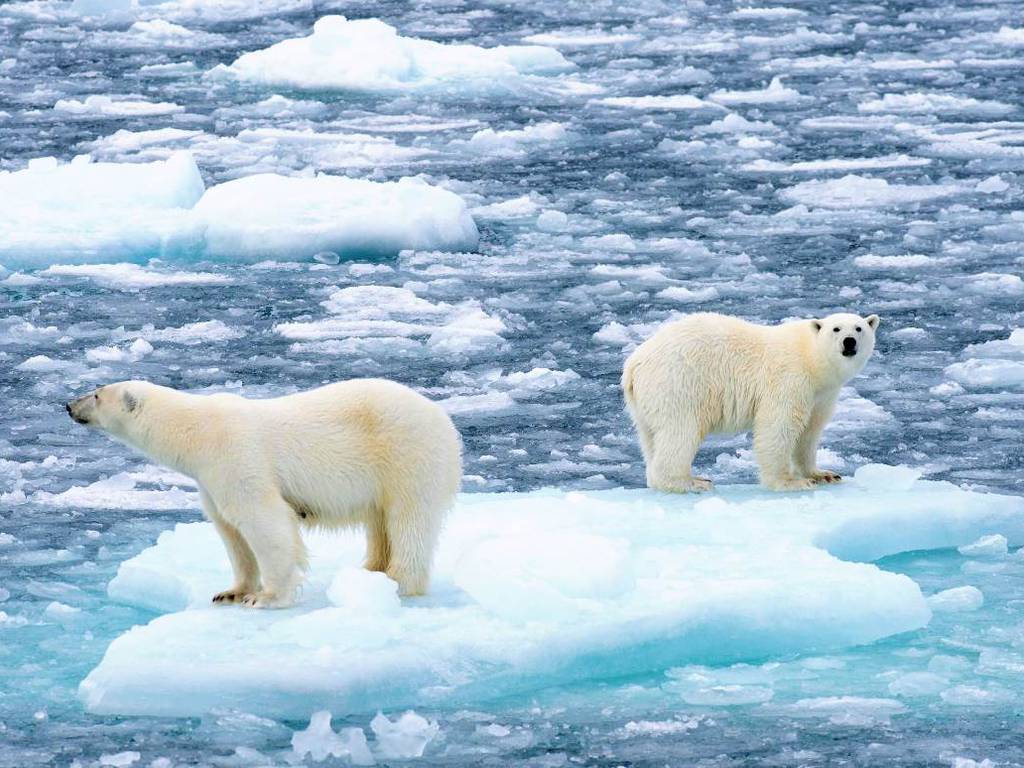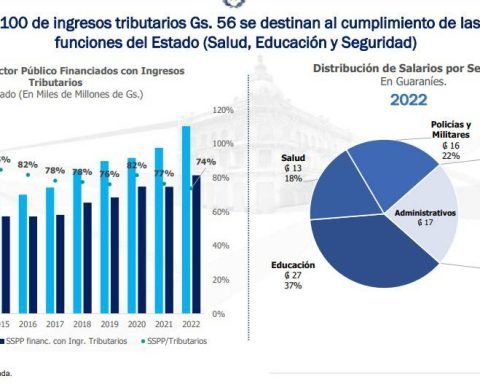But in a new study, scientists have identified an isolated subpopulation of polar bears in southeastern Greenland that instead use freshwater ice that pours into the ocean from the region’s glaciers as a shelf, suggesting that this particular habitat is less susceptible than others to climate change.
Their findings, described in the journal Science on Thursday, suggest the possibility that at least some populations of the species could survive beyond this century, when Arctic sea ice is expected to disappear entirely during the summer months.
“One of the big questions is where in the Arctic will polar bears be able to survive,” one of the study’s authors Kristin Laidre, a polar scientist at the University of Washington and the Greenland Natural Resources Institute, told AFP.
“I think bears living in a place like this can teach us a lot about where the other places might be,” he added.
Laidre and her colleagues first spent two years interviewing Inuit hunters who provided information and ecological insight.
They then began their own fieldwork, from 2015 to 2021, in an inhospitable region that had long gone unstudied due to its unpredictable weather, heavy snowfall, and mountains.
– Field work –
Each year, the team spent a month in the spring staying in the town of Kuummiit, which is a two-hour helicopter ride from where the bears live.
The team tagged the bears with satellite tracking devices and collected genetic samples by capturing them or shooting biopsy darts into their buttocks.
They’re thought to be a few hundred individuals and “the most genetically isolated polar bear population on the planet,” said co-author Beth Shapiro, a geneticist at the University of California, Santa Cruz and a Howard Hughes Medical Institute investigator.
“We know that this population has been living separately from other polar bear populations for at least several hundred years,” he said.
Unlike other polar bears, these were found to be homebodies and rarely stray far to hunt.
Their isolation is explained by the geography of the place: they live in an area of fjords in the extreme south of Greenland, well below the Arctic Circle, with nowhere to go.
– A hope –
While sea ice allows most of the Arctic’s estimated 26,000 polar bears to hunt, bears in southeastern Greenland have access to sea ice for only four months, between February and the end of May.
For the remaining eight months, they rely on chunks of freshwater ice that break off from the Greenland ice sheet in the form of glaciers that end up in the sea.
“These types of glaciers exist elsewhere in the Arctic, but the combination of fjord shapes, high glacial ice production, and the large ice reservoir that is available from the Greenland Ice Sheet is what currently provides a constant supply of ice from glaciers,” another co-author, Twila Moon, of the National Snow and Ice Data Center, said in a statement.
Measurements show that adult females are slightly smaller than average and appear to have fewer pups, but it’s hard to infer much about what that means in the absence of long-term data.
While the study is hopeful, the bears will not be saved without urgent climate action.
However, this population might have a better chance of survival, and there are similar areas in Greenland, as well as the island of Svalbard, that could become small-scale climate refugia.

















